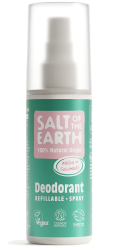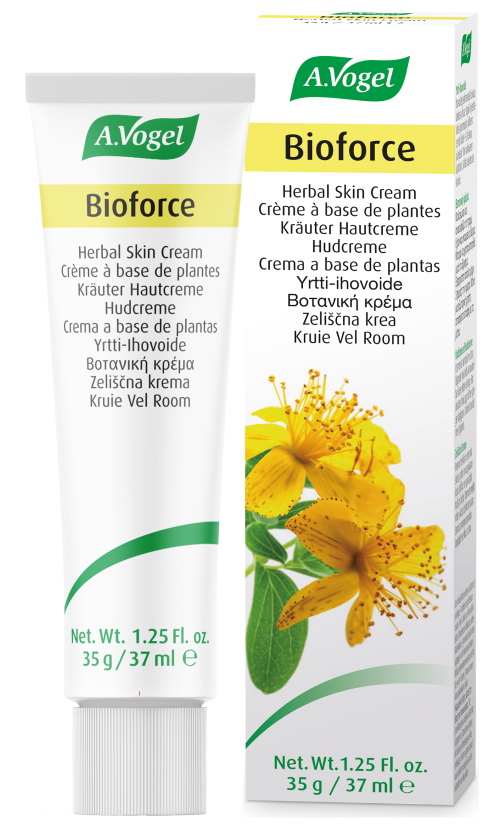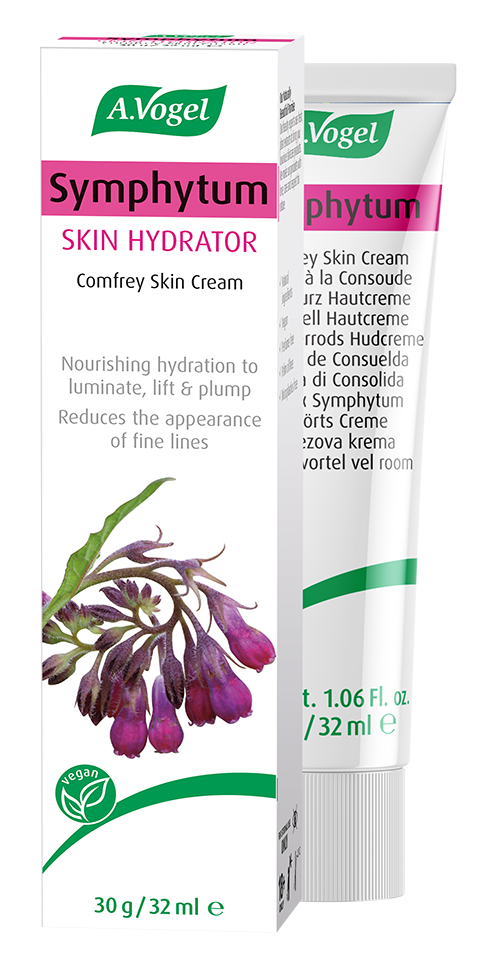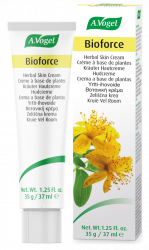How well do you know your skincare products?
Did you know that the average woman uses 12 products every day? This makes sense when you think about it – cleansers, toners, face scrubs, lip balm; it all adds up! According to the Environmental Working Group (EWG) all of these products collectively contain around 168 ingredients which make it nigh on impossible for us to understand every single component.1
That’s why most of our focus and attention goes to the active ingredient contained in each product. Normally, a skincare product will contain one or two active ingredients that directly impact your skin, either helping to enhance its appearance or to tackle a specific issue such as dry skin, ageing or even acne.
10 common active ingredients:
- Alpha Hydroxy Acids (AHAs)
- Alpha-lipoic Acid
- Beta Hydroxy Axids (Salicylic)
- Curcuminoids
- Hyaluronic acid
- L-Ascorbic Acid (Vitamin C)
- Niacinamide
- Peptides
- Retinol
- Vitamin E
Knowing why these ingredients are incorporated into your skincare product can be very useful, but sometimes we tend to hone in on these components too much and ignore what else could be lurking in our products. This brings us to the set of toxins and chemicals sometimes referred to collectively as the ‘dirty dozen.’
What are the ‘dirty dozen?’

When you hear a phrase like the ‘dirty dozen’ the chances are your mind immediately turns to food, however, the expression is now being used more widely to describe 12 potentially harmful ingredients that can be found in everyday skincare products. This list of 12 can vary, depending on who you ask, but generally, the entrants often include known carcinogens, pesticides and degreasers which can, understandably, easily upset sensitive skin and have wider repercussions for your health.
My dirty dozen
- Aluminium
- BHA & BHT
- DEA
- Formaldehyde
- Parabens
- Parfum
- PEG compounds
- Petroleum
- Phthalates
- Siloxanes
- Sodium Laureth Sulfate (SLS)
- Triclosan
Thanks to loose regulations, these ingredients often crop up in common skincare products. It doesn’t help that they’re also listed under different names, which just confuses things even further! In order to clear things up, I’m going to look at five basic skincare products which some of the infamous ‘dirty dozen’ might appear in, plus I explain how this could affect your skin and offer a few useful alternatives!
1. Moisturiser

When it comes to skincare products, moisturisers are definitely amongst the most used and for good reason! The right moisturiser can help to stave off dry skin, improving your natural epidermal barrier and keeping your skin looking happier and healthier. Most experts generally recommend that we moisturise at least a couple of times a day for best results.
Beware parabens: You’ve probably heard of parabens before as they’re quite the buzzword these days. Typically they are used in beauty products as preservatives, helping to prevent the growth of mould and other degenerating microorganisms. Sounds good so far right? Well, unfortunately, parabens are widely believed to be endocrine disruptors thus meaning that they may influence your hormones. Thus far, large organisations such as the European Safety Commission have ruled that parabens are not a risk to consumers but countries such as Denmark have still decided to ban some of the large molecule parabens in products meant for children.2 If you’re wary of parabens, try to avoid any ingredients listed as propyl, butyl, isopropyl, isobutyl parabens.
My alternative: If you’re looking for a light, natural moisturiser that suits a range of skin types, I’d highly recommend trying our Bioforce Cream. This contains a soothing combination of witch hazel, arnica and calendula, helping to moisturise even dry, chapped skin that’s prone to chaffing and irritation.
2. Cleanser

Everybody wants clean, healthy-looking skin which is why cleansers are such a popular part of our daily skincare routine, helping to rid our skin of any make-up residues, grease and other grime. Normally, we would cleanse our skin first thing in the morning and last thing in the evening, just before going to bed.
Beware DEA: DEA compounds, sometimes known as diethanolamine, are often found in cleansing products such as shampoos, cleansers and soaps as they help to counteract acidity, helping to keep your skin’s pH balanced. However, governing body’s like the European Union have classified prolonged exposure to DEA as being harmful for your health, with some trials finding that DEA exposure may also irritate the respiratory system.3 Unfortunately, this chemical can conceal itself behind a number of different names, ranging from Dihydroxydiethylamine to Iminobisethanol.
My alternative: Instead of relying on harsh chemicals to cleanse your skin, you might fare better with a more natural option utilising soothing ingredients such as sweet almond oil and aloe vera.
3 – Exfoliator

If you suffer from dry skin, exfoliating is probably a regular part of your routine as this practice can help to get rid of dead skin cells, preventing your skin from getting dull and tired-looking. It also helps to unclog your pores and ensures that your skin is properly able to absorb nutrients and antioxidants from other skincare products like moisturisers and facial serums.
Beware BHA: Otherwise known as butylated hydroxyanisole, BHA is considered to be an antioxidant preservative, which initially sheds it in a rather positive light – after all, your skin needs plenty of antioxidants to help combat free-radical damage right? Well, unfortunately, the European Commission on Endocrine Disruption has listed BHA as a Category 1 substance that’s capable of interfering with your hormone function.4 Not so good! You can usually find BHA in skincare products such as moisturisers and cleansers, but it can also pop up in exfoliators too! Just as with other members of the ‘dirty dozen’, this compound has been known to camouflage behind other names like antioxyne B and antrancine 12 so remember to keep an eye out!
My alternative: Exfoliators can be tricky; aside from the harmful ingredients you need to watch out for, depending on your skin type, certain exfoliators may be too harsh or abrasive. That’s why I usually suggest trying a more natural option.
4 – Anti-ageing Cream

Anti-ageing skincare products are a multi-million pound industry which makes sense as most of us dread the inevitable arrival of fine lines and wrinkles. Anti-ageing creams are at the centre of this craze, often claiming to help wind back the clock and prevent those unseemly crinkles from appearing in the first place. The reality of these promises can be dubious to say the least but sometimes the ingredients in the products could actually contribute to the very thing that brands swear they prevent – premature ageing!
Beware SLS: You may already have heard of SLS – similar to parabens, it tends to be top of mind these days when it comes to controversial skincare ingredients. Primarily, SLS is used as a de-greaser and foaming agent in soaps and shampoos but it’s also present in anti-ageing and other skin creams too. However, SLS has earned a bit of a bad reputation in recent years, with some arguing that the ingredient can act as an irritant, upsetting sensitive skin and triggering flare-ups. Although much of the research conducted around this claim are unsubstantiated or based on animal trials, one study published in Exogenous Dermatology found SLS to be a corrosive irritant, capable of stripping away your skin’s essential oils.5 Not what you want in an anti-ageing cream that’s meant to be helping your skin to retain more moisture!
My alternative: When it comes to ageing skin, the ingredients utilised in your skin cream really matter. Ideally, you want plenty of nutrients that are going to be able to nourish your skin, keep it hydrated and fight free-radical damage. That’s why I always recommend our own Comfrey Cream to those looking for a natural skincare alternative. This contains extracts freshly harvested, organically cultivated comfrey combined with shea butter to help lock in moisture and ease any signs of dryness.
5 – Deodorants and antiperspirants

When you think of skincare products, the chances are your mind will immediately jump to moisturisers, cleansers and the like but your deodorant is another product that regularly comes into contact with your skin. Designed to prevent body odour, deodorants and antiperspirants can contain a wide variety of chemicals to help them achieve this goal and, while some may help to soothe the skin, others can be more problematic.
Beware of aluminium: If you’re familiar with your periodic table, then you might know Aluminium best as a chemical element but aluminium salts are often used in antiperspirants and deodorants as they work to block the sweat glands thus preventing body odour. This might initially sound quite useful but these salts can then be absorbed through the skin under your arms where some scientists believe they could potentially disrupt your hormones.6 In particular aluminium’s influence over oestrogen is a big worry; however, scientists have found no clear evidence of a link yet.
My alternative: If you are concerned about what goes into your deodorant, the good news is that you’re definitely not alone. That’s why I’m happy to recommend our natural range of Salt of the Earth Deodorants. These are inherently antibacterial and anti-odour thanks to the use of potassium alum, a natural mineral salt that helps to inhibit the odour-causing bacteria on the surface of your skin. Never tested on animals and 100% suitable for vegans, we do have an impressive selection available, ranging from unscented deodorant roll on sticks to Melon and Cucumber sprays.
My Top Tip:

"Love the spray. Easy to use and no bad deodorant type of smell which just masks body odour. I feel so much better coming out of a sweaty gym class."

1https://www.ewg.org/skindeep/2004/06/15/exposures-add-up-survey-results/#.W0xiNNJKjIU
3https://www.epa.gov/sites/production/files/2016-09/documents/diethanolamine.pdf
4Study on Enhancing the Endocrine Disrupter Priority List with a Focus on Low Production Volume Chemicals, Revised Report to DG Environment (Hersholm, Denmark: DHI Water and Environment, 2007), http://ec.europa.eu/environment/endocrine/documents/final_report_2007.pdf.
5https://www.karger.com/Article/Abstract/84139
6https://www.cancer.gov/about-cancer/causes-prevention/risk/myths/antiperspirants-fact-sheet










